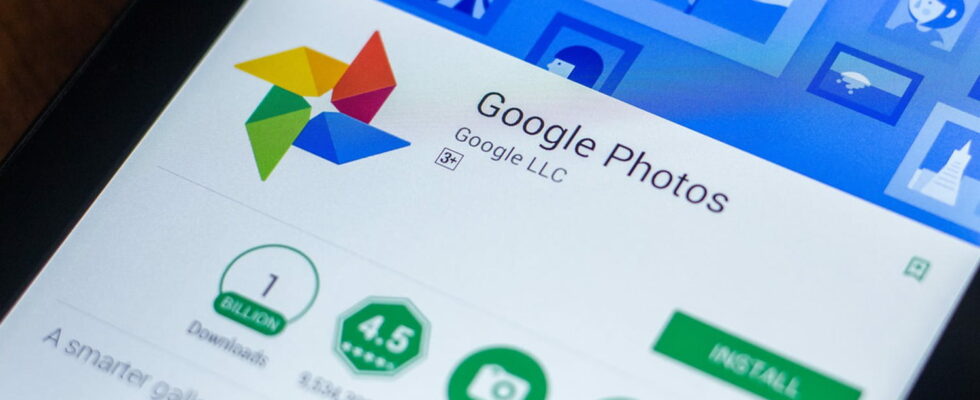Google Photos is about to simplify the process of hiding unwanted faces from your digital gallery, a way to better manage your feed while saving you from unpleasant memories.
If you have an Android phone, you probably use the Google Photos app to store all your photos and videos online on the Internet giant’s servers. A handy tool that automatically organizes the images taken into albums, which can then be shared with your loved ones. But among the hundreds of images stored there are probably some that don’t only bring back good memories. An ex who broke your heart, a loved one who passed away, a friendship that faded over time…
Google Photos does allow you to hide certain faces, but the process requires several steps: opening the photo, viewing the metadata, accessing the library of the person concerned, and then navigating through the menus. Needless to say, it’s far from intuitive! You can also do it by tapping on your avatar in the upper right corner and going to the Photos settings, then to “Preferences”, then “Memories” and finally “Hide people and pets”. This second method is better suited to hiding faces in bulk, but it requires you to leave the photo you’re currently viewing.
Fortunately, Google plans to make handling easier! Our colleagues atAndroid Authority have in fact discovered in the code of the mobile application that it is possible to more easily hide the faces that you no longer wish to see appear in your library.
Google Photos: Hide this face that I can’t see
The process is greatly simplified. Now you just have to open the photo and display the metadata, access the “People” section by swiping up, then click on the three dots icon next to the face you want to hide. Finally, you will have to select “Hide face from memories”. This way, a few clicks will be enough to quickly hide several faces directly from one of your photos.
Google Photos offers better management of your memories here, allowing you to avoid unwanted reminders from certain people. At the moment, the Mountain View firm has not yet communicated a precise date for the deployment of this function. We can assume that it will appear to the general public in the coming weeks, or even in the coming months.
